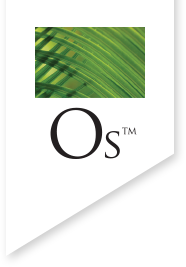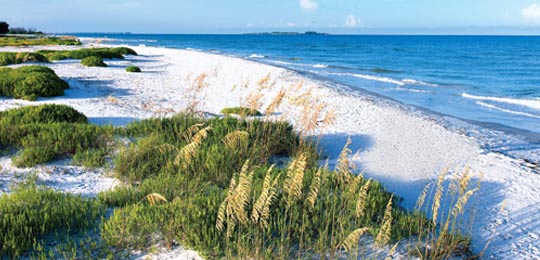STUART — My husband and I left south Florida in 1987 and never planned to return, but a trip to visit family in 2009 accidentally brought us to the Treasure Coast, and we fell in love with the area. In 2010, we came down to find a home. After two weeks of looking and not being able to decide where to live, we decided to pack it in and try again another time.
We reached this decision as were driving south over the Roosevelt Bridge. As we crested the bridge, I looked to the west at the beautiful boats at Sunset Bay Marina, the late afternoon sun shimmering across the river, and the wide expanse of green beyond the river. “This is where I want to live,” I announced. I had never been more sure of anything in my life. Little did we know that from that vantage point, we could see the dock of the house that we would find the next day.
We spent the summer of 2010 exploring our wet backyard – the North and South Forks of the St. Lucie River, the wide expanse of water between downtown Stuart and Rio, Manatee Pocket, the sandbars, the St. Lucie Inlet, and the section of the Indian River Lagoon from Fort Pierce to Jupiter. This was truly the Treasure Coast, and the waterway was its mother lode.
I started volunteering at Florida Oceanographic Society and became fascinated with local marine life. We took up snorkeling and explored the mangrove islands in the lagoon, delighting in the nursery of fish, crabs, and birds that lived there.
On one particularly stellar day at high tide off Sailfish Point, the water was as clear as our swimming pool. A green sea turtle swam past our boat, and then we spotted a manatee with her calf. We quietly pulled our boat onto the beach of a nearby island, careful not to disturb a flock of roseate spoonbills that rested in the mangroves.
In the summer of 2011, we were surprised when the Corps of Engineers started releasing water from Lake Okeechobee into the river. The Lake O releases were something we had heard about after we moved here, but we were under the impression that it happened rarely, usually in anticipation of a hurricane.
We had no desire to swim in water laced with fertilizer and pesticides, and would sit on our dock in the eerie stillness. The baitfish were gone, the birds were gone, and the dolphins, rays, and manatees we often saw from the dock disappeared. The oysters at Shepherd Park across Frazier Creek were no longer spitting water. It was as quiet as a graveyard.
And now the Army Corps of Engineers is bleeding the lake again, and every rainy summer promises to bring more of the same. We have only been in the water once this season, and now we have a sickening neon-green algae in the shallows by our dock where our Great Blue Heron used to feed. The view from the Roosevelt Bridge today is one of devastation and loss, laced with a sickening brown foam.
We have to stop the bleeding. As stewards of the most bio-diverse ecosystem in the country, we have a responsibility to protect it.
What can we do? Start by writing a letter and sending it to every one of our Florida legislators. Tell them that it’s time to stop protecting the sugar industry and time to start protecting a unique natural resource. Let our governor know that it’s time to stop ignoring what’s happening to our state. It doesn’t have to be eloquent or lengthy. Just put it in an email and send it. It’s time.
Learn more about the Lake Okeechobee discharges at http://www.FloridaOcean.org. To get the contact information for elected officials, visit http://www.FloridaOcean.organd click on “Get Involved,” then “Contact Your Legislators.”
Cindy Rothstein is an exhibit guide at the Florida Oceanographic Coastal Center and blogs about the volunteer department, as well as her personal experiences as a volunteer and steward of the environment.
This story is contributed by a member of the Treasure Coast community and is neither endorsed nor affiliated with TCPalm.com
Source: http://www.tcpalm.com/news/2013/sep/10/an-ecosystem-in-peril-32639/

